The team claims that they can search for dark matter even before a functional nuclear clock becomes a reality.
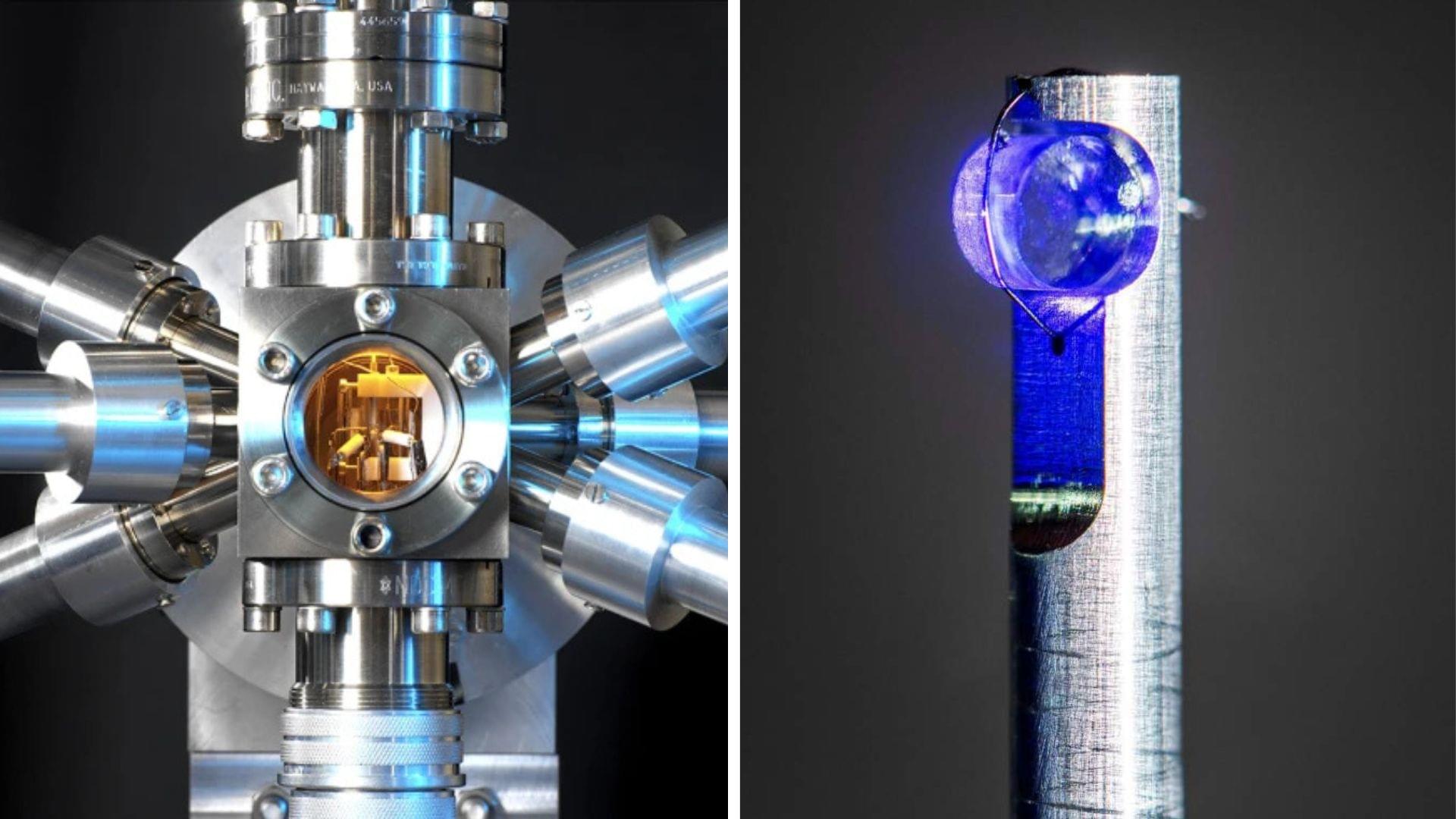

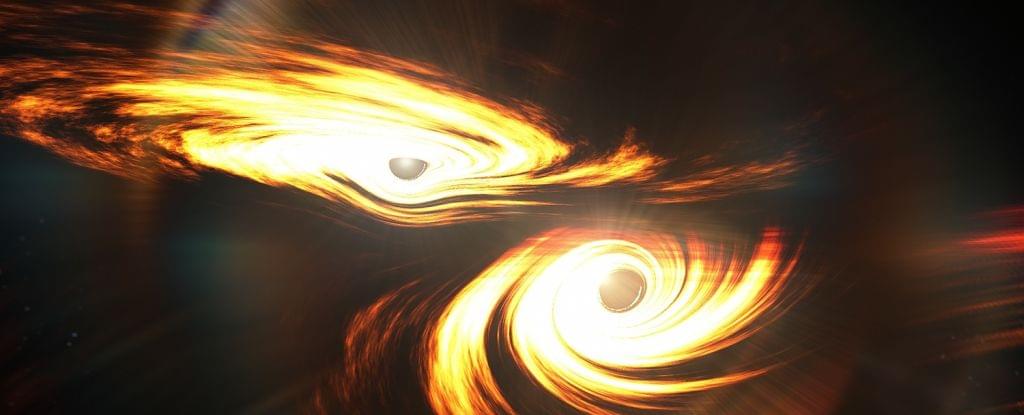
Two black holes have collided in a merger that could revolutionize our understanding of black hole growth.
Named GW 231,123 after the date it was recorded on 23 November 2023, it’s the most massive black hole collision we’ve seen yet, resulting in an object heavier than 225 Suns.
Previously, the most massive black hole collision produced an object 142 times the mass of the Sun.

A team of researchers have made progress in understanding how some of the Universe’s heaviest particles behave under extreme conditions similar to those that existed just after the Big Bang.
A study published in Physics Reports provides new insights into the fundamental forces that shaped our Universe and continues to guide its evolution today.
The research, conducted by an international team from the University of Barcelona, the Indian Institute of Technology, and Texas A&M University, focuses on particles containing heavy quarks, the building blocks of some of the most massive particles in existence.
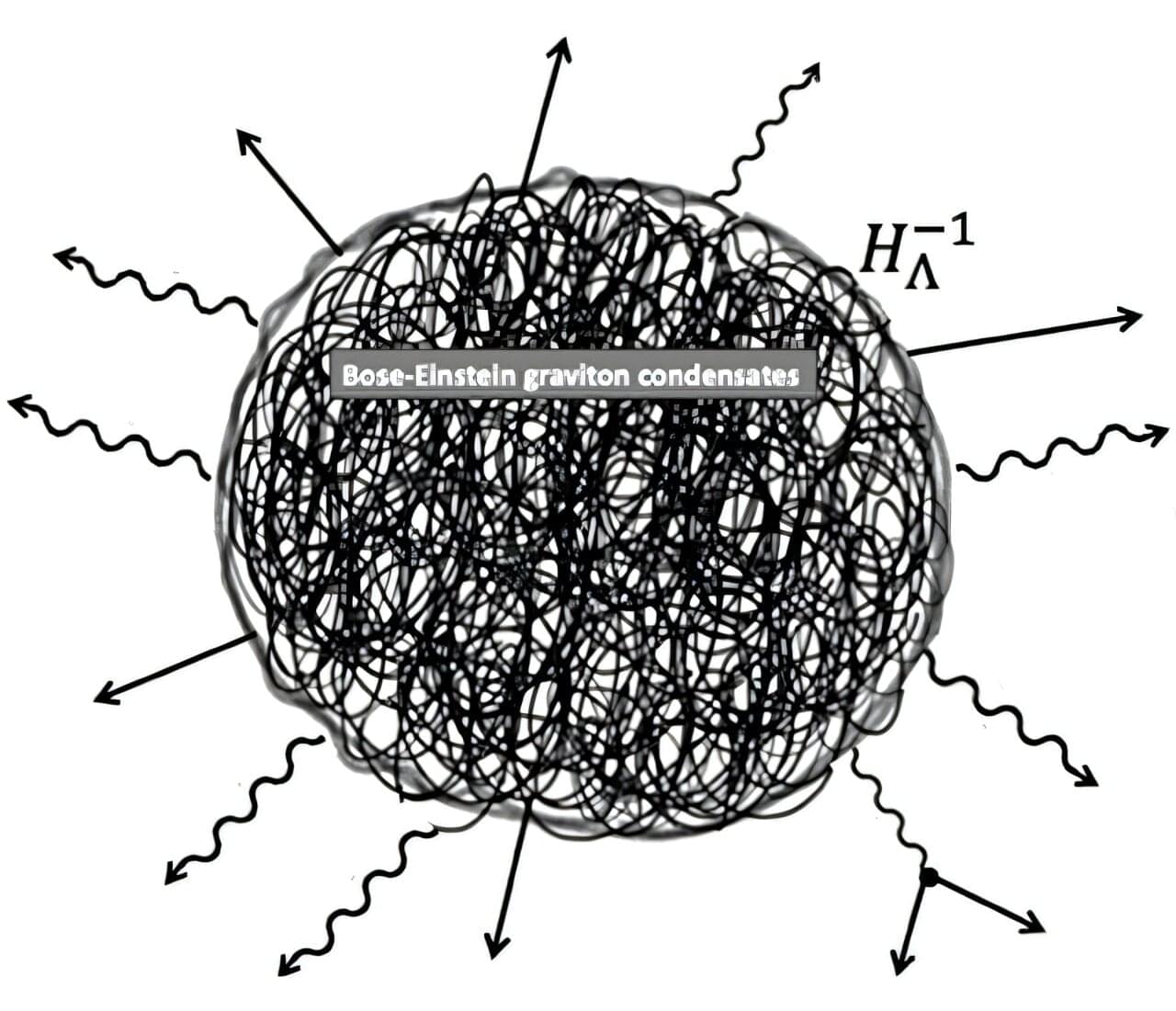
A team of scientists led by expert Raúl Jiménez, ICREA researcher at the University of Barcelona’s Institute of Cosmos Sciences (ICCUB), in collaboration with the University of Padua (Italy), has presented a revolutionary theory about the origins of the universe. The study, published in the journal Physical Review Research, introduces a radical change in the understanding of the first moments after the Big Bang, without relying on the speculative assumptions that physicists have traditionally assumed.
For decades, cosmologists have worked under the inflationary paradigm, a model that suggests that the universe expanded extremely rapidly, in a fraction of a second, thus paving the way for everything we observe today. But this model includes too many adjustable parameters—the free parameters—which can be modified. Scientifically, this poses a problem, as it makes it difficult to know whether a model is truly predicting or simply adapting to the data.
In a significant breakthrough, the team has proposed a model in which the early universe does not require any of these arbitrary parameters. Instead, it begins with a well-established cosmic state called De Sitter space, which is consistent with current observations of dark energy.

For nearly a century, scientists around the world have been searching for dark matter—an invisible substance believed to make up about 80% of the universe’s mass and needed to explain a variety of physical phenomena. Numerous methods have been used in attempts to detect dark matter, from trying to produce it in particle accelerators to searching for cosmic radiation that it might emit in space.
Yet even today, very little is known about this matter’s fundamental properties. Although it operates in the background, dark matter is believed to influence visible matter, but in ways so subtle that they currently cannot be directly measured.
Scientists believe that if a nuclear clock is developed—one that uses the atomic nucleus to measure time with extreme precision —even the tiniest irregularities in its ticking could reveal dark matter’s influence. Last year, physicists in Germany and Colorado made a breakthrough toward building such a clock, using the radioactive element thorium-229.

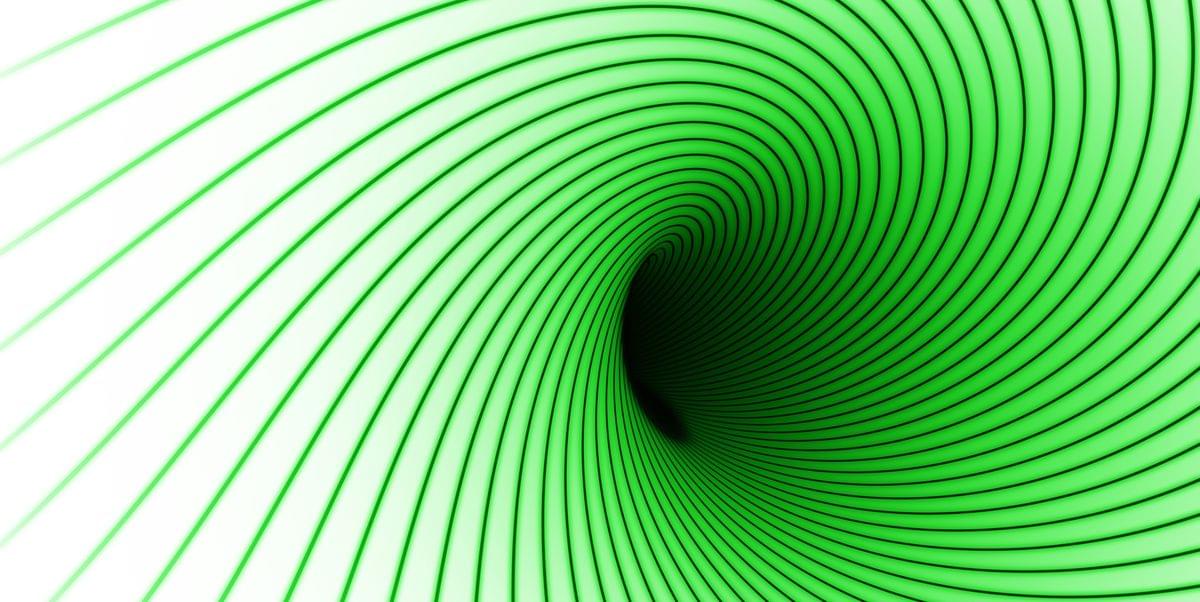
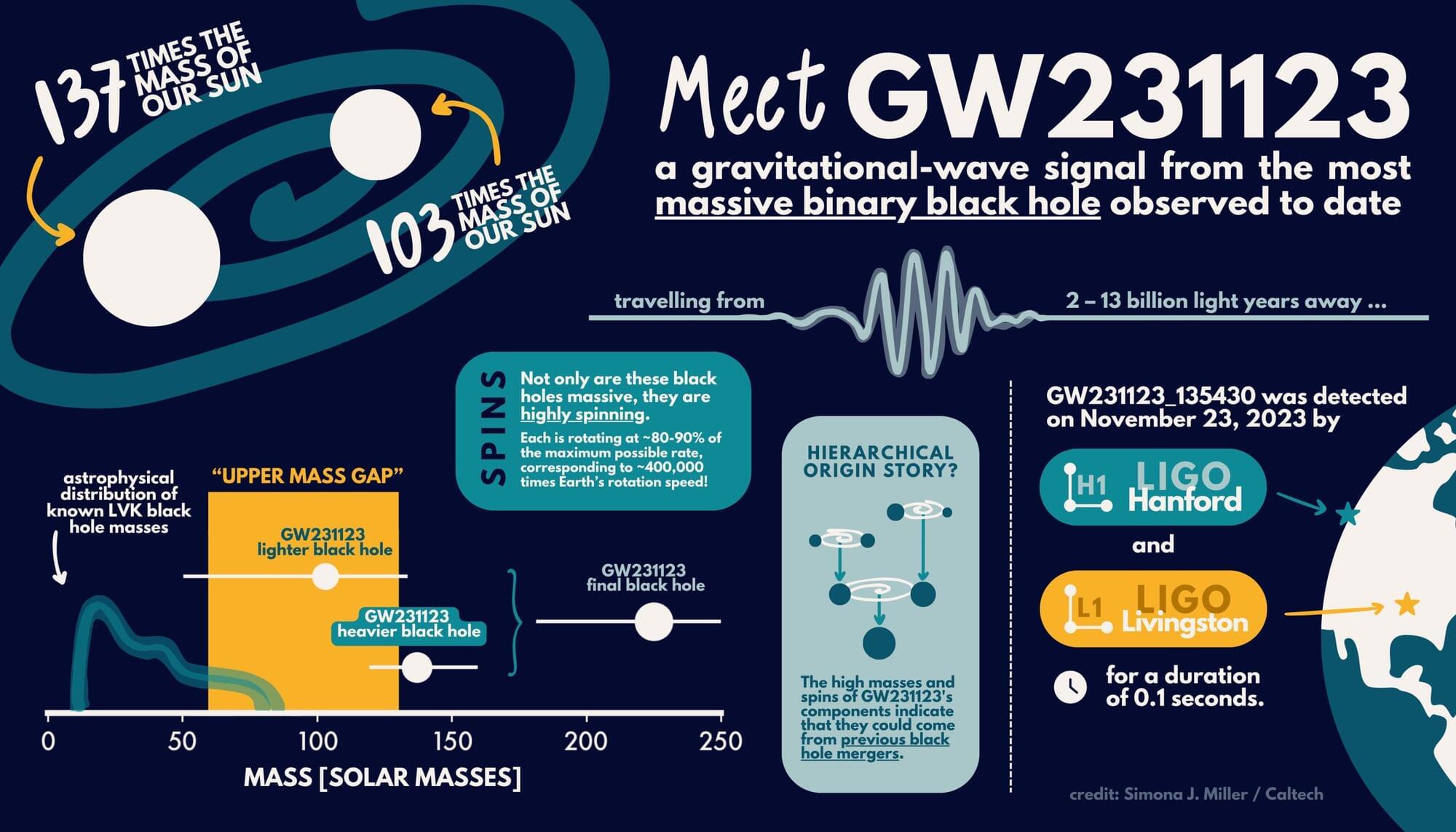
The LIGO-Virgo-KAGRA (LVK) Collaboration has detected the merger of the most massive black holes ever observed with gravitational waves using the LIGO observatories. The powerful merger produced a final black hole approximately 225 times the mass of our sun. The signal, designated GW231123, was detected during the fourth observing run of the LVK network on November 23, 2023.
LIGO, the Laser Interferometer Gravitational-wave Observatory, made history in 2015 when it made the first-ever direct detection of gravitational waves, ripples in space-time. In that case, the waves emanated from a black hole merger that resulted in a final black hole 62 times the mass of our sun. The signal was detected jointly by the twin detectors of LIGO, one located in Livingston, Louisiana, and the other in Hanford, Washington.
Since then, the LIGO team has teamed up with partners at the Virgo detector in Italy and KAGRA (Kamioka Gravitational Wave Detector) in Japan to form the LVK Collaboration. These detectors have collectively observed more than 200 black hole mergers in their fourth run, and about 300 in total since the start of the first run in 2015.
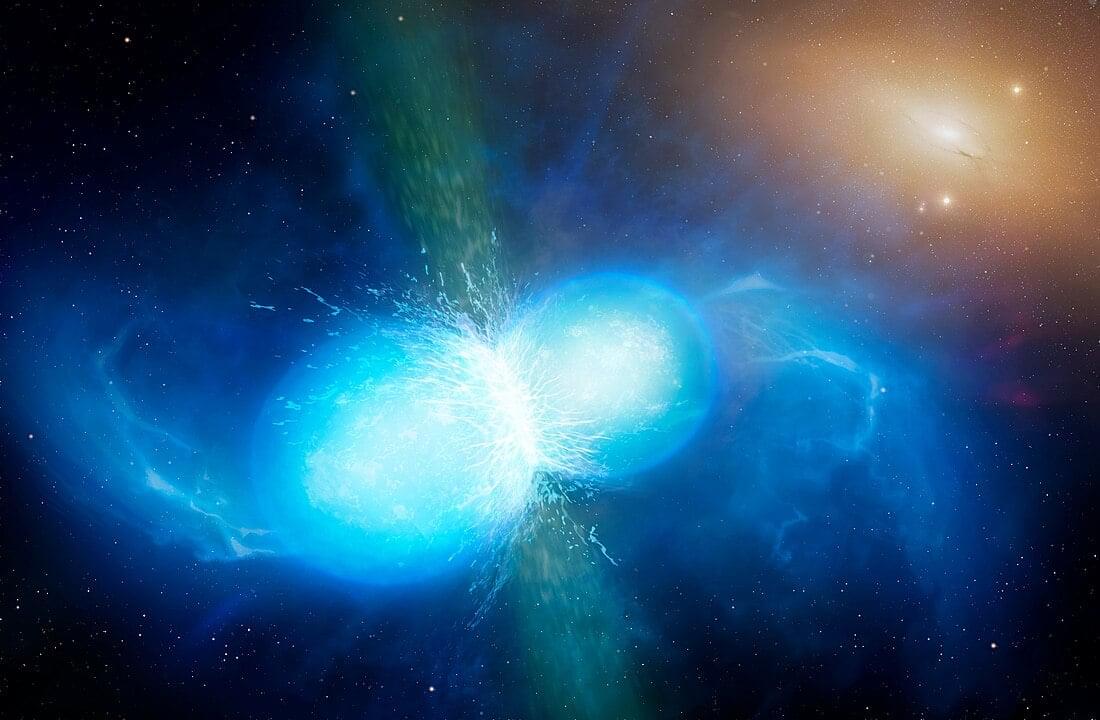
When Einstein’s predicted ripples in spacetime pass through magnetic fields, they cause the current carrying wires to dance at the gravitational wave frequency, creating potentially detectable electrical signals. Researchers have discovered that the same powerful magnets used to hunt for dark matter could double as gravitational wave detectors. This means experiments already searching for the universe’s most elusive particles could simultaneously capture collisions between black holes and neutron stars, getting two of physics’ most ambitious experiments for the price of one, while potentially opening entirely new windows into the universe’s most violent events.
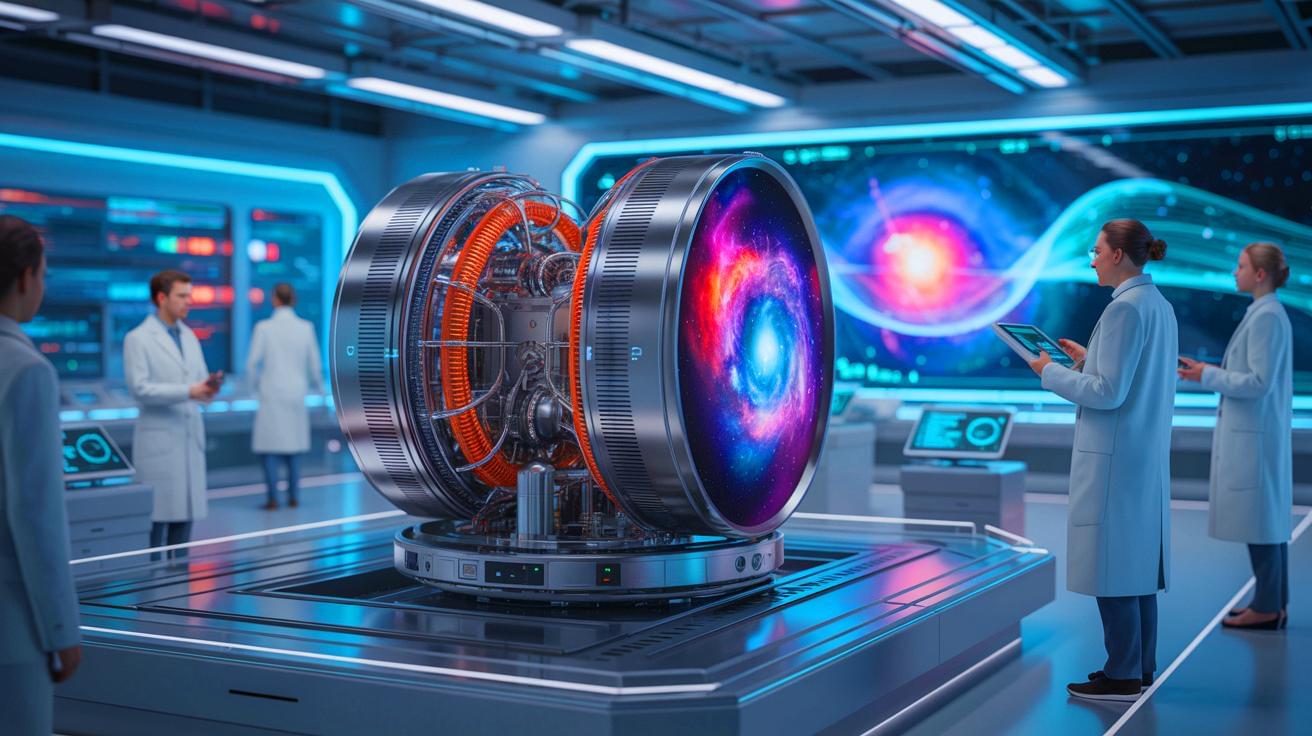
IN A NUTSHELL 🚀 Researchers have developed an AI program named Urania that designs more effective gravitational wave detectors. 🌌 These new detectors could significantly enhance our ability to observe distant cosmic events, including black hole mergers and early universe phenomena. 🔍 The AI-designed detectors cover a wider frequency range, potentially increasing the universe’s observable